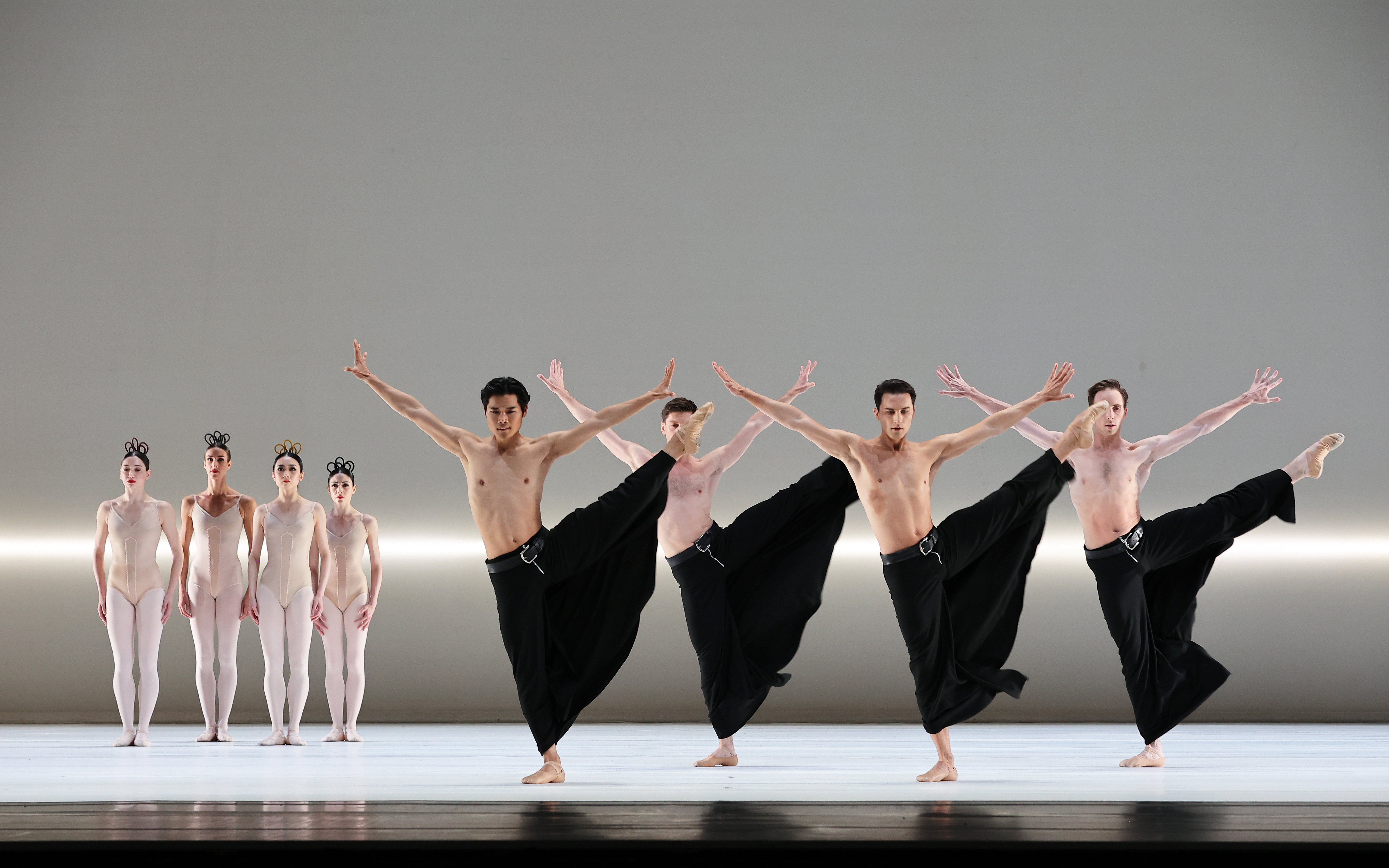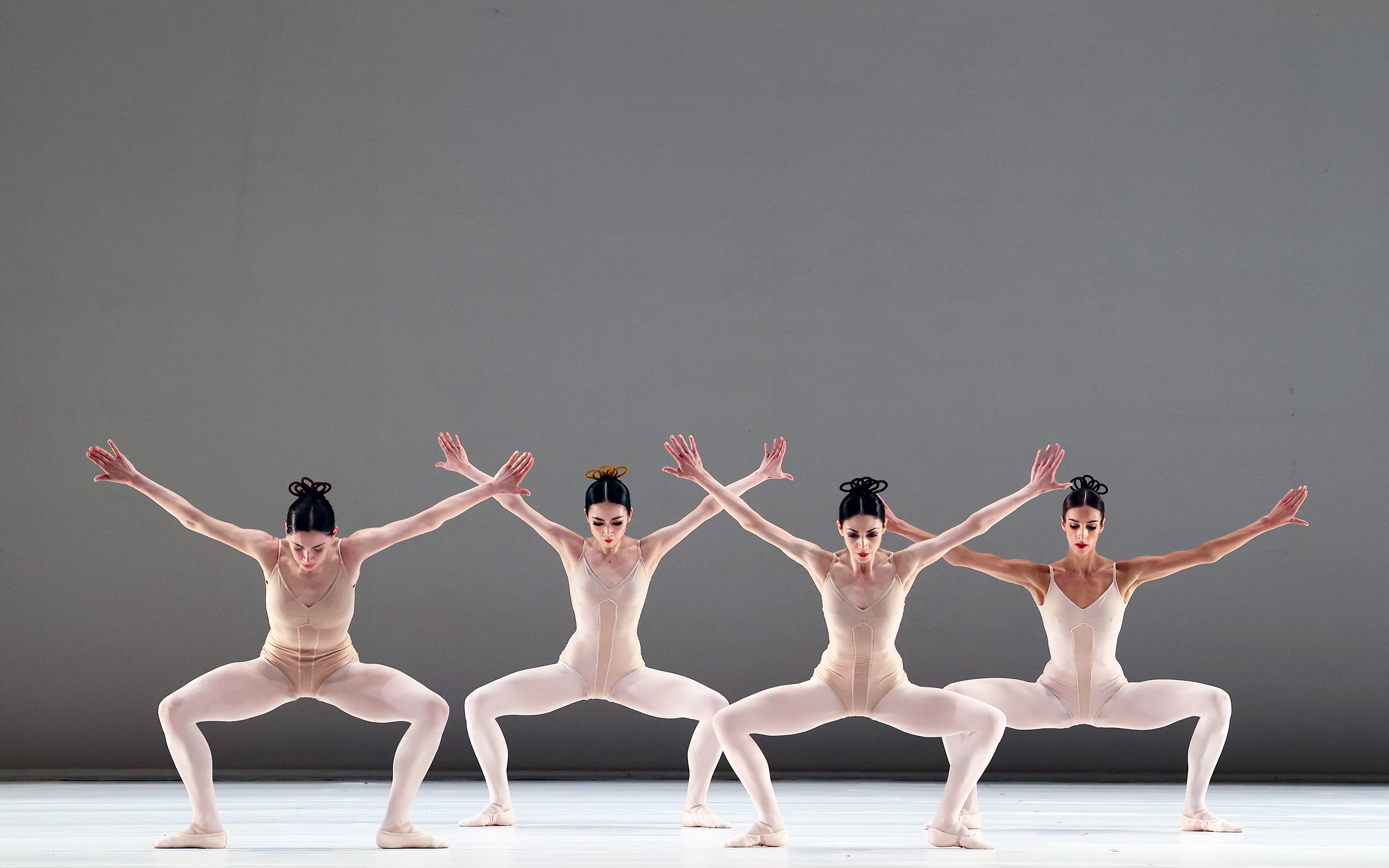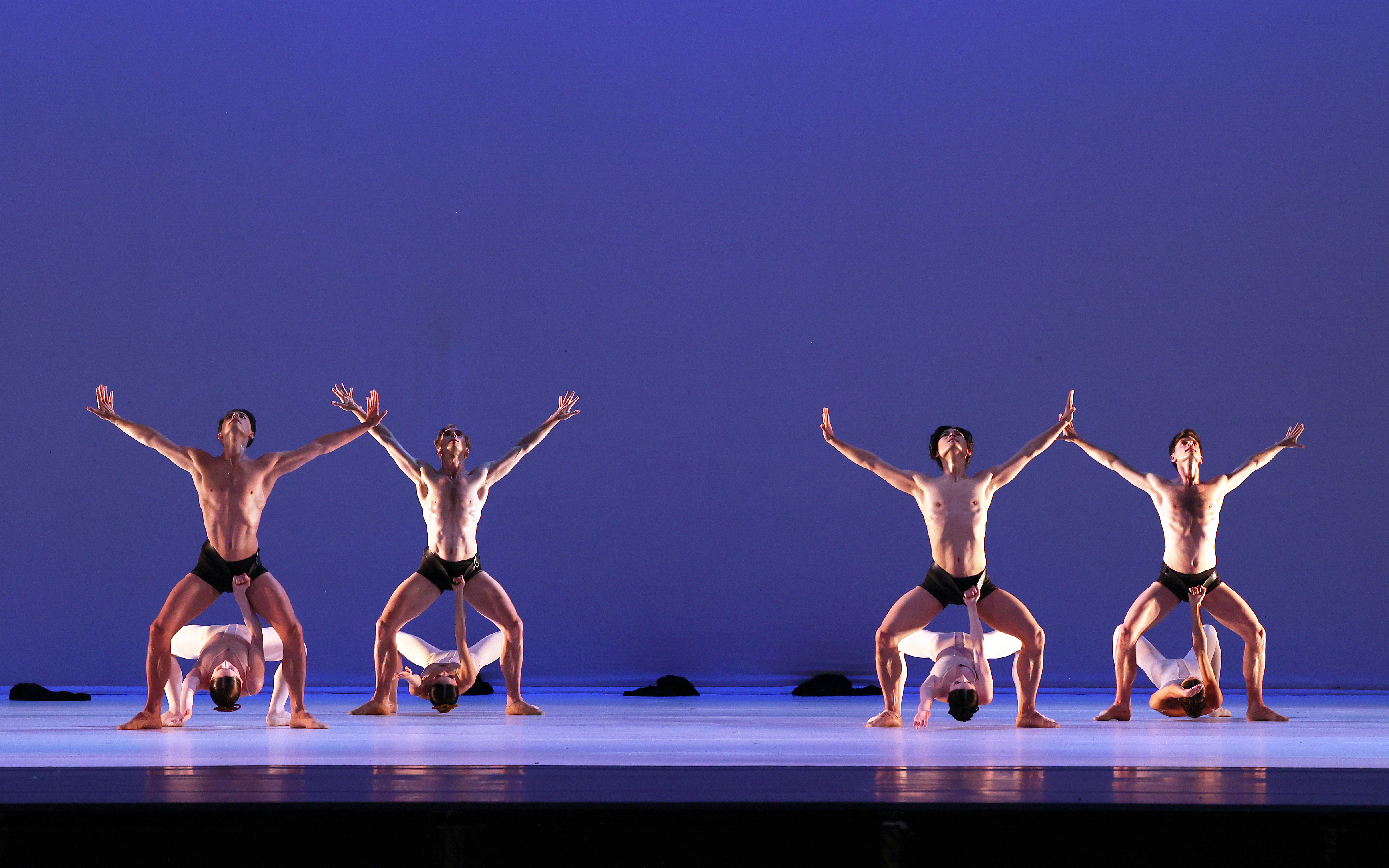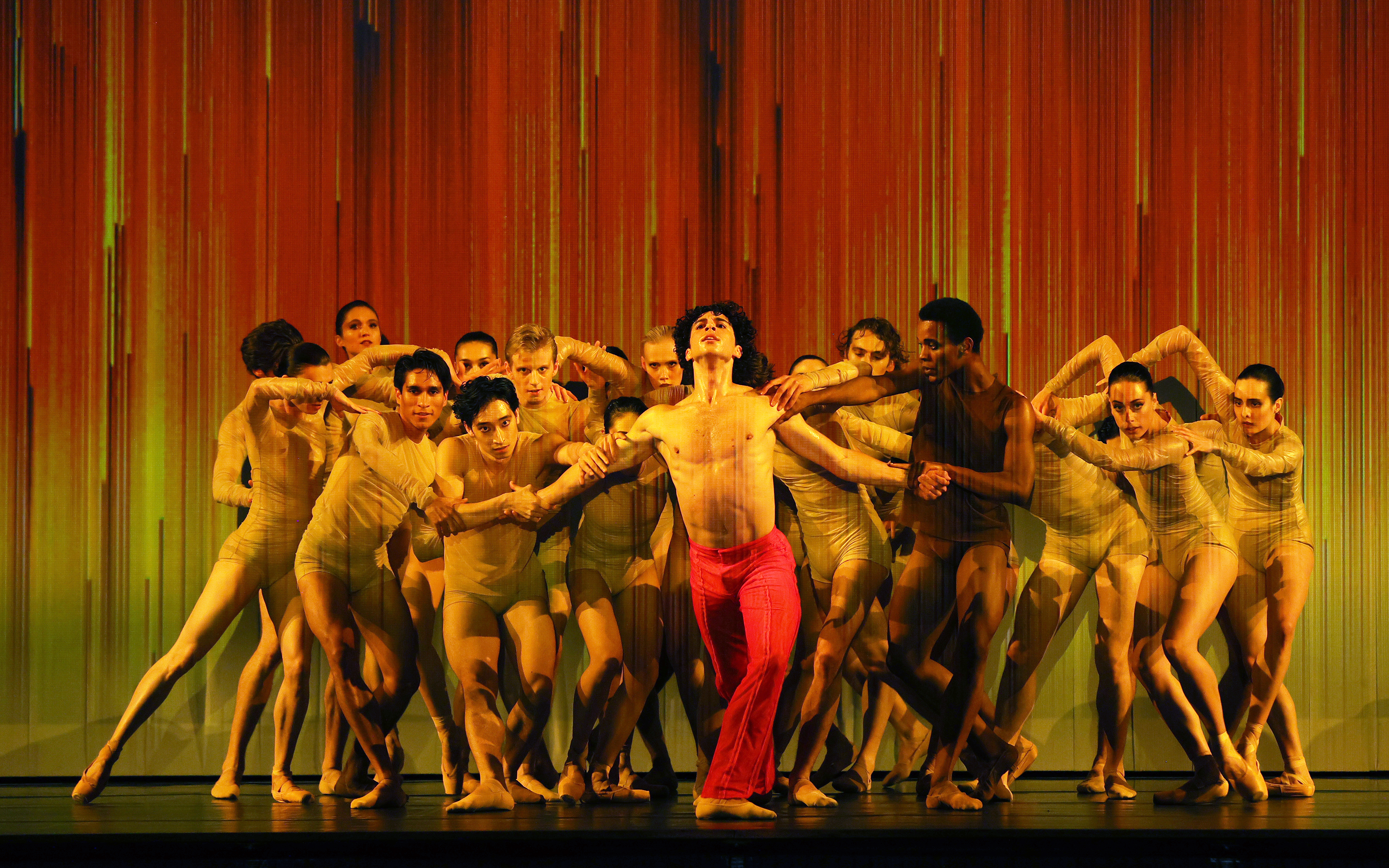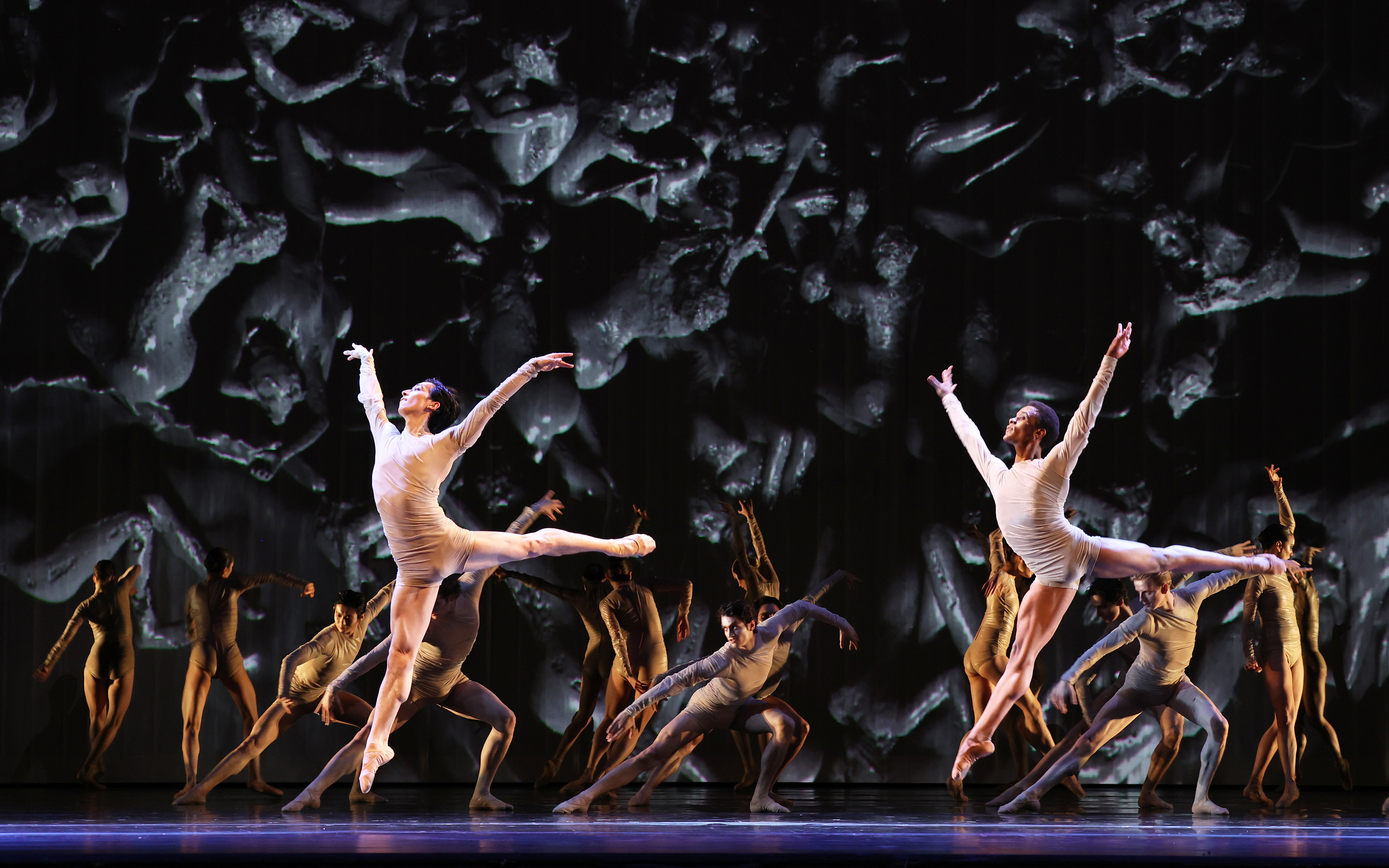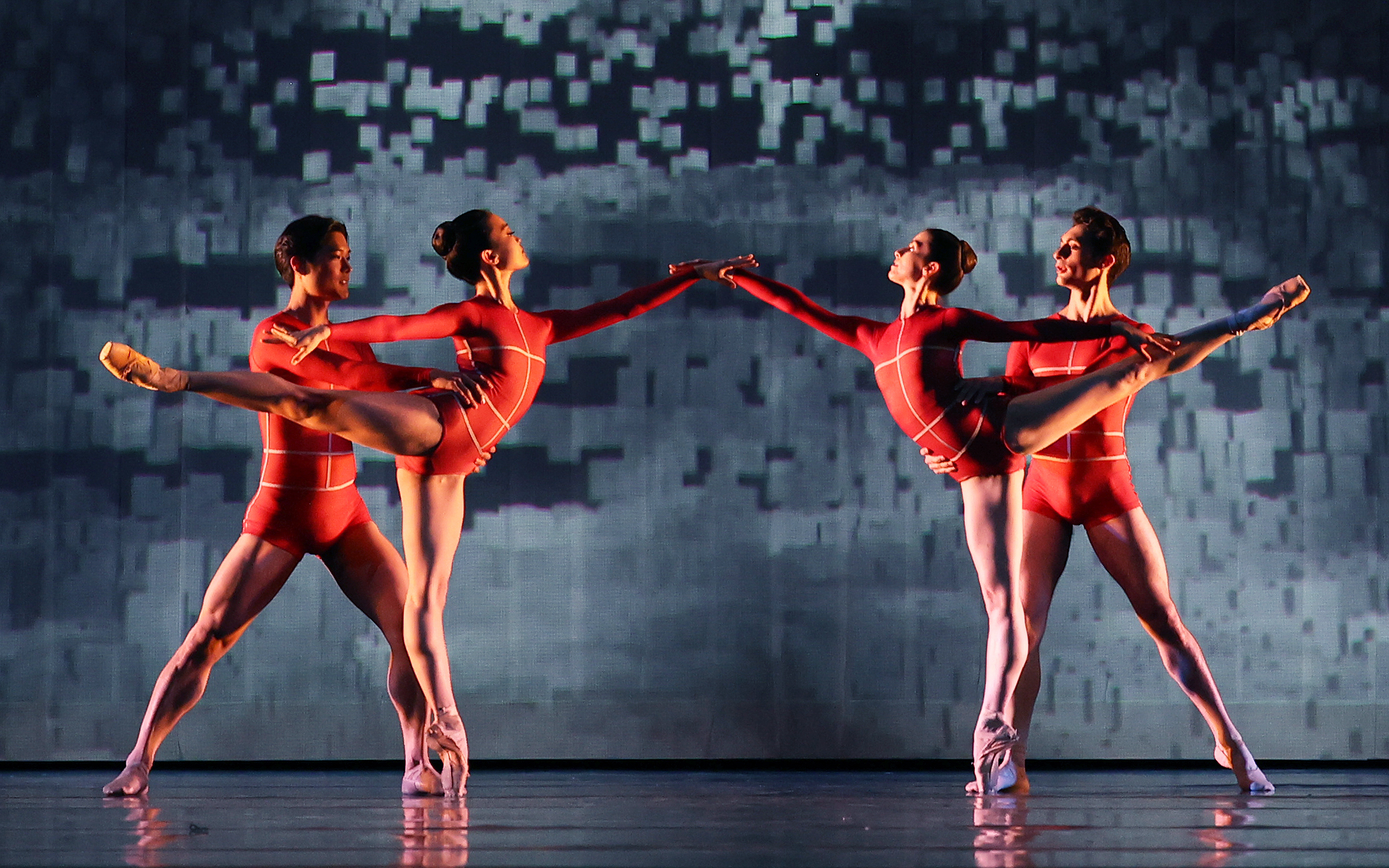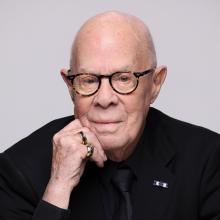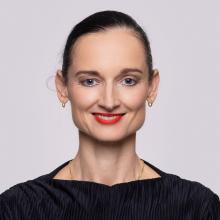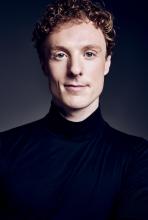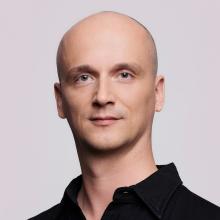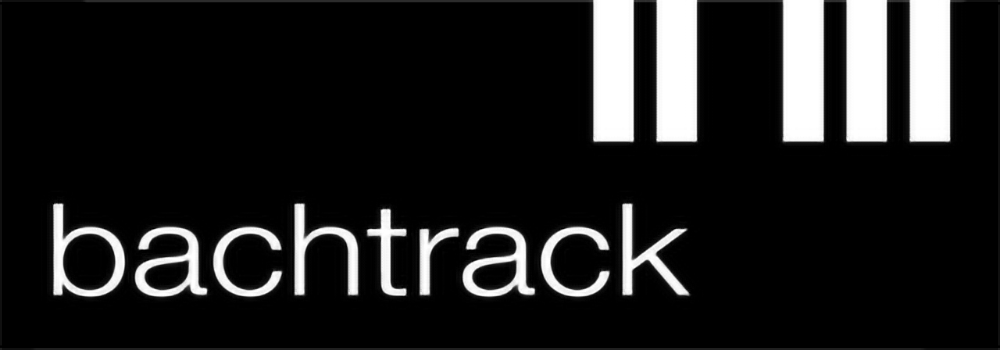Dutch National Ballet
Beethoven: stream
Holland festival
Dates
18-21 June 2021
Location
Dutch National Opera & Ballet, Online
Running time
1:20 hours, no breaks
Tickets
n.a.

Inspired by great compositions
Choreographer George Balanchine once said: 'The art of dance would be better off not venturing into Beethoven's world, because it is impossible to choreograph his music.' But with a famous masterpiece and a new creation set to music by Beethoven, Dutch National Ballet proves him false. And with sensational results!
Please note: this performance is a stream. The stream will start on 18 June at 8.15 PM (CET) and will remain available until 21 June at 11 PM (CET).
Behind-the-scenes

Programme
Alongside a ballet by Dutch master Hans van Manen, you will see the world premiere of a new joint choreography by Wubkje Kuindersma, Remi Wörtmeyer and Ernst Meisner.
Credits
Choreography - Grosse Fuge
Hans van Manen
Set design - Grosse Fuge
Light design - Grosse Fuge
Joop Caboort
Costume design - Grosse Fuge
Hans van Manen
Choreography - Prometheus
Wubkje Kuindersma
Ernst Meisner
Remi Wörtmeyer
Set- and costume design - Prometheus
Tatyana van Walsum
Lights - Prometheus
Carlo Cerri
Dramaturgy - Prometheus
Willem Bruls
Video designer Prometheus
OOOPStudio
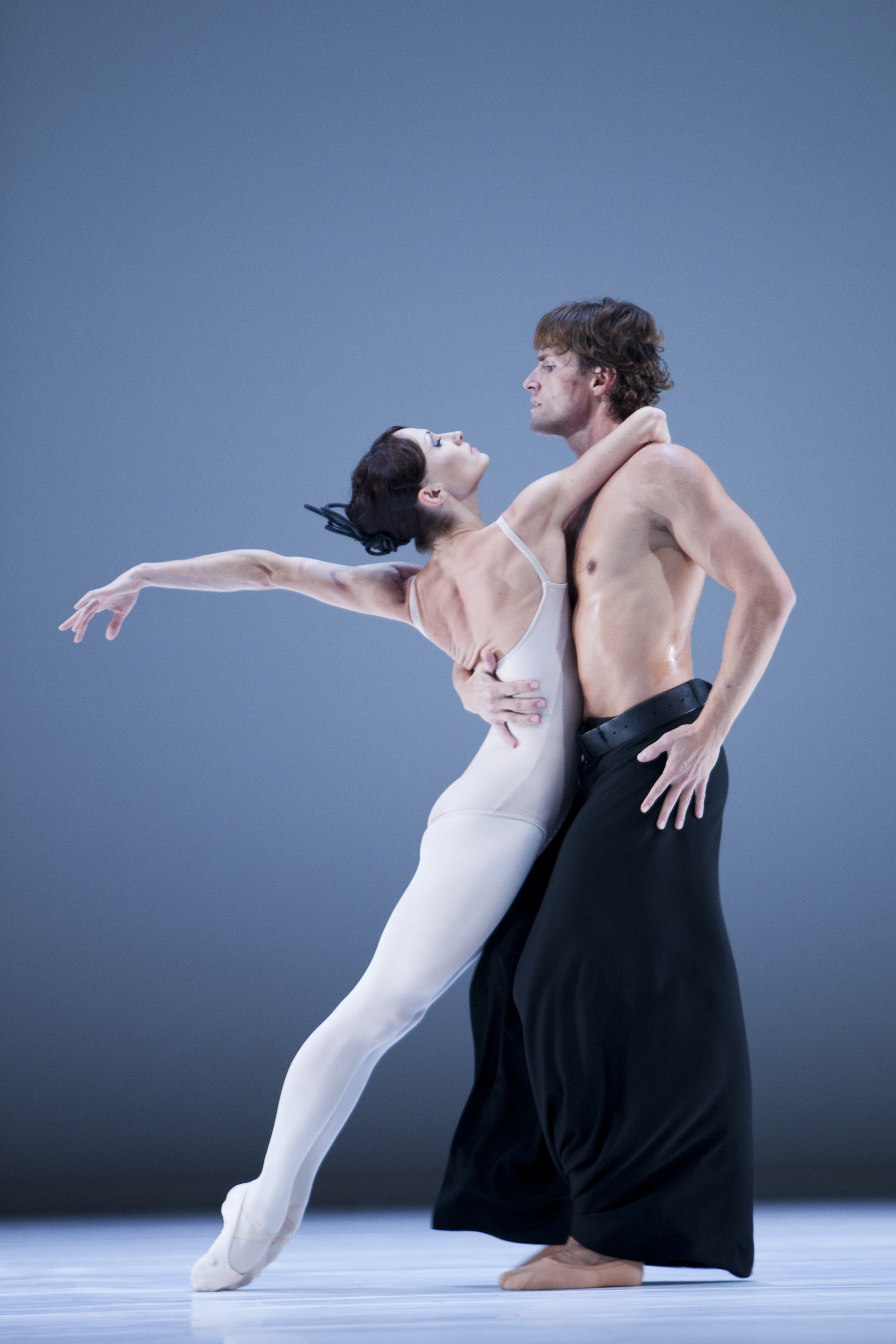
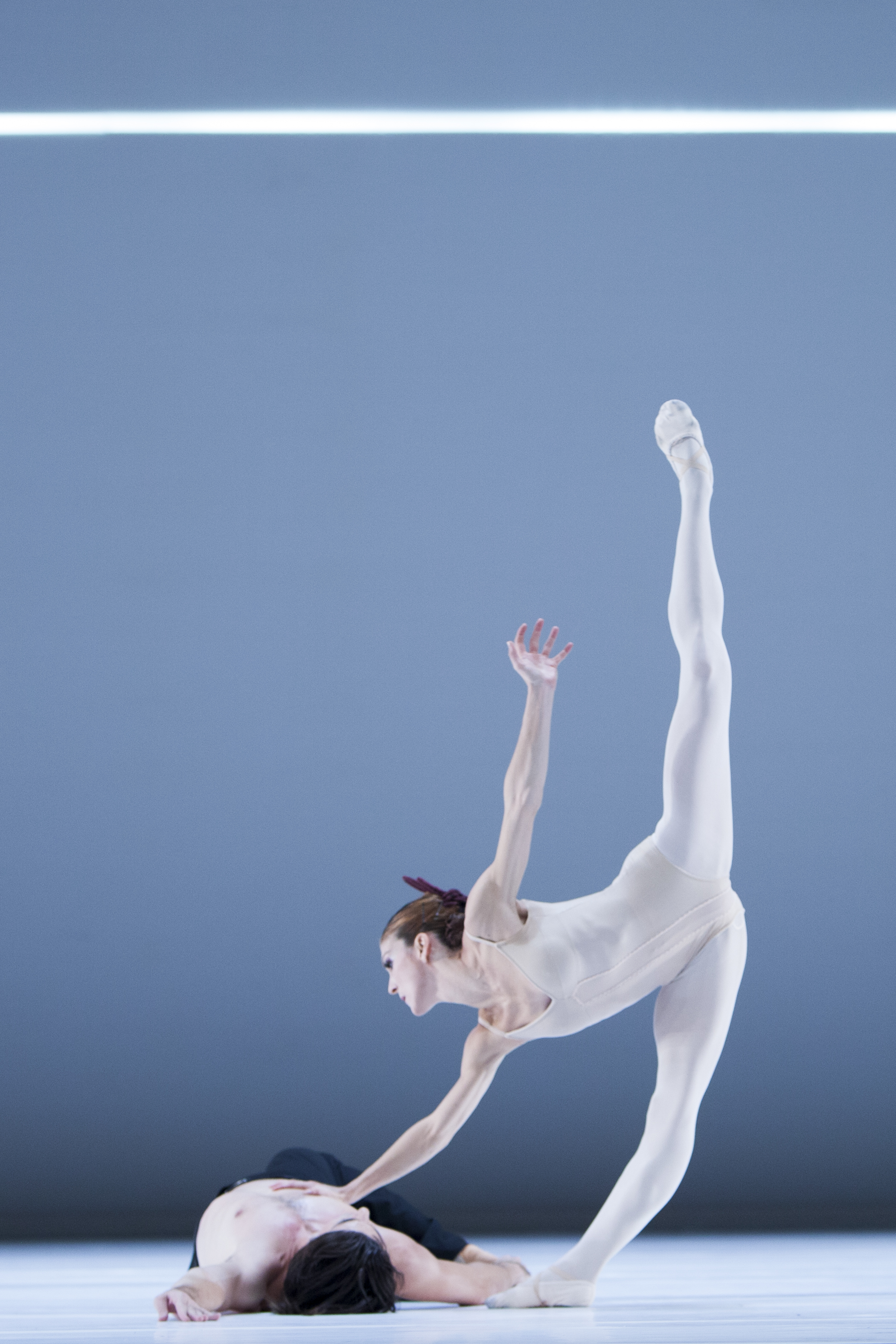
Music: Ludwig van Beethoven (1770-1827)
Ludwig van Beethoven is considered one of the greatest composers ever to have lived, on a par with Bach and Mozart. At the age of 11 he could already play Bach’s entire Das wohltemperierte Klavier by heart and was writing his own compositions. Later he studied with Joseph Haydn and Johann Schenk in Vienna, forming part of the so-called First Viennese School, alongside Mozart and Haydn. It was also Beethoven who paved the way for Romantic music, stressing the expression of personal emotions. Around 1800 he began to experience the first signs of deafness. In his later years he became paranoid and isolated, composing his final, often misunderstood, works in a world of silence.

Musical accompaniment: Dutch Ballet Orchestra
Conducted by Marzio Conti
Since its inception in 1965, the orchestra has been proud to accompany its partners, Dutch National Ballet and Nederlands Dans Theater. The working method is unique in the Netherlands
